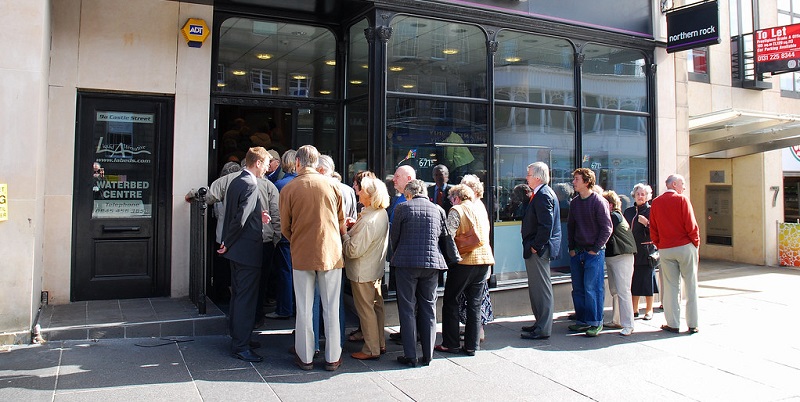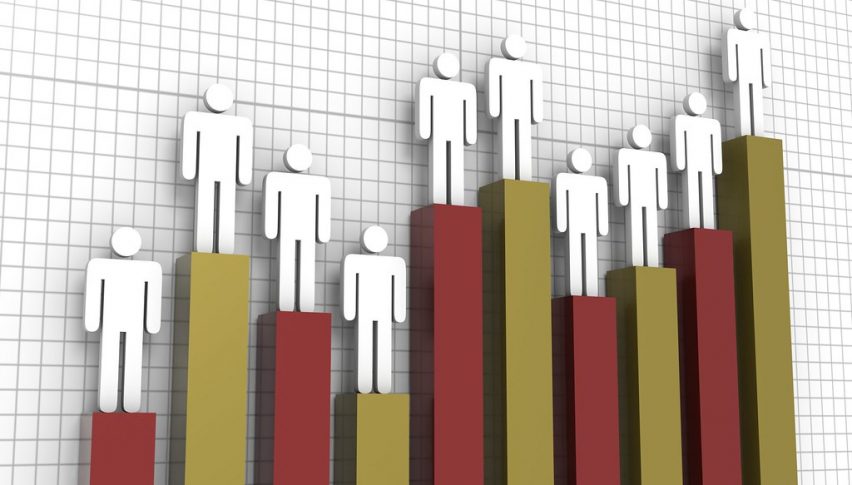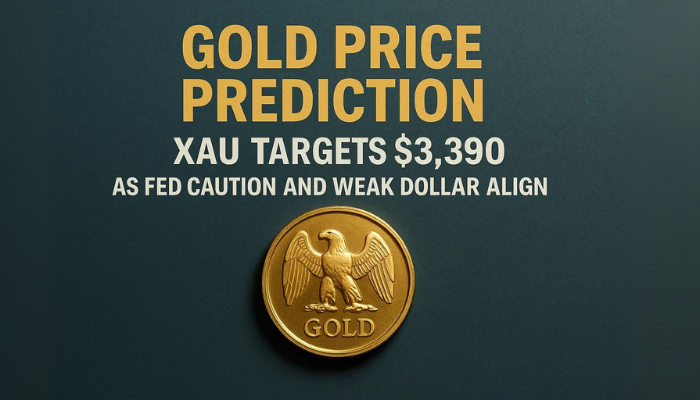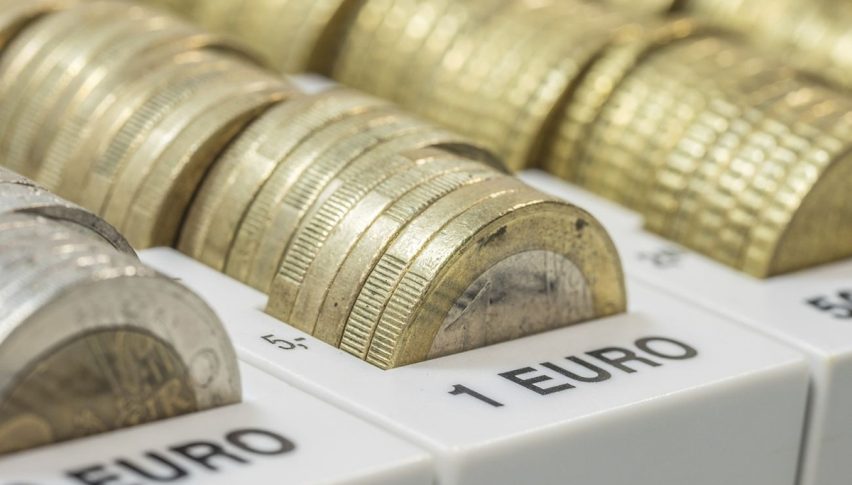Markets in Doubt, With FED Having More Immediate Problems than Inflation
US YoY inflation posted a decline overall, but the February numbers were still pretty high, although the FED has other problems right now

The FED has been driving markets around with their monetary policy since early last year, first pushing the USD higher and risk assets lower as they picked up the pace of rate hikes to 75 bps per meeting, then reversing everything as they slowed down and softened the rhetoric. But, the rhetoric turned hawkish this year as the economic data improved and the slowdown in inflation lost pace. As a result, risk currencies turned lower and the USD started to resume the uptrend form earlier last year.
But, with the bank troubles after the faiure of the SVB bank the situation has become more complicated. The FED is in a tough position, since one of the reasons for the SVB failure has been the fast interestn rate hikes by the FED. Inflation is still important for the FED decision, but not as important right now.
In February, inflation continued to ease for the eighth consecutive month, as slower food cost increases offset higher gasoline prices and a spike in rent. However, on a monthly basis, prices increased sharply, raising concerns that the trend of declining inflation from the end of last year may have stalled. Consumer prices rose 6% compared to the previous year, which is down from 6.4% in January and the highest in 40 years at 9.1% in June.
This is the smallest annual increase since September 2021. On a monthly basis, prices rose 0.4%, following a 0.5% increase in January, after previously seeing smaller increases of 0.1% to 0.2%. If inflation were to rise faster again, it might lead the Federal Reserve to raise interest rates by 0.5%, after gradually increasing it by 0.25%.
However, due to the collapse of Silicon Valley Bank and other troubled regional banks, some economists believe that the FED may pause its hiking campaign or only raise rates by 0.25% at most. Despite the large monthly increase in consumer prices, economists expect inflation to resume its downward trend in the coming months, as supply-chain bottlenecks improve and rent increases are expected to decrease.
Meanwhile, markets seems uncertain what to do next, with risk assets such as the Euro and commodity dollars have stopped their climb while safe havens such as GOLD and he CHF are showing signs of weakness. EUR/CHF is higher but the main trend is still down, while USD/JPY has bounced up by around 200 pips now.
EUR/CHF Live Chart
- Check out our free forex signals
- Follow the top economic events on FX Leaders economic calendar
- Trade better, discover more Forex Trading Strategies
- Open a FREE Trading Account


